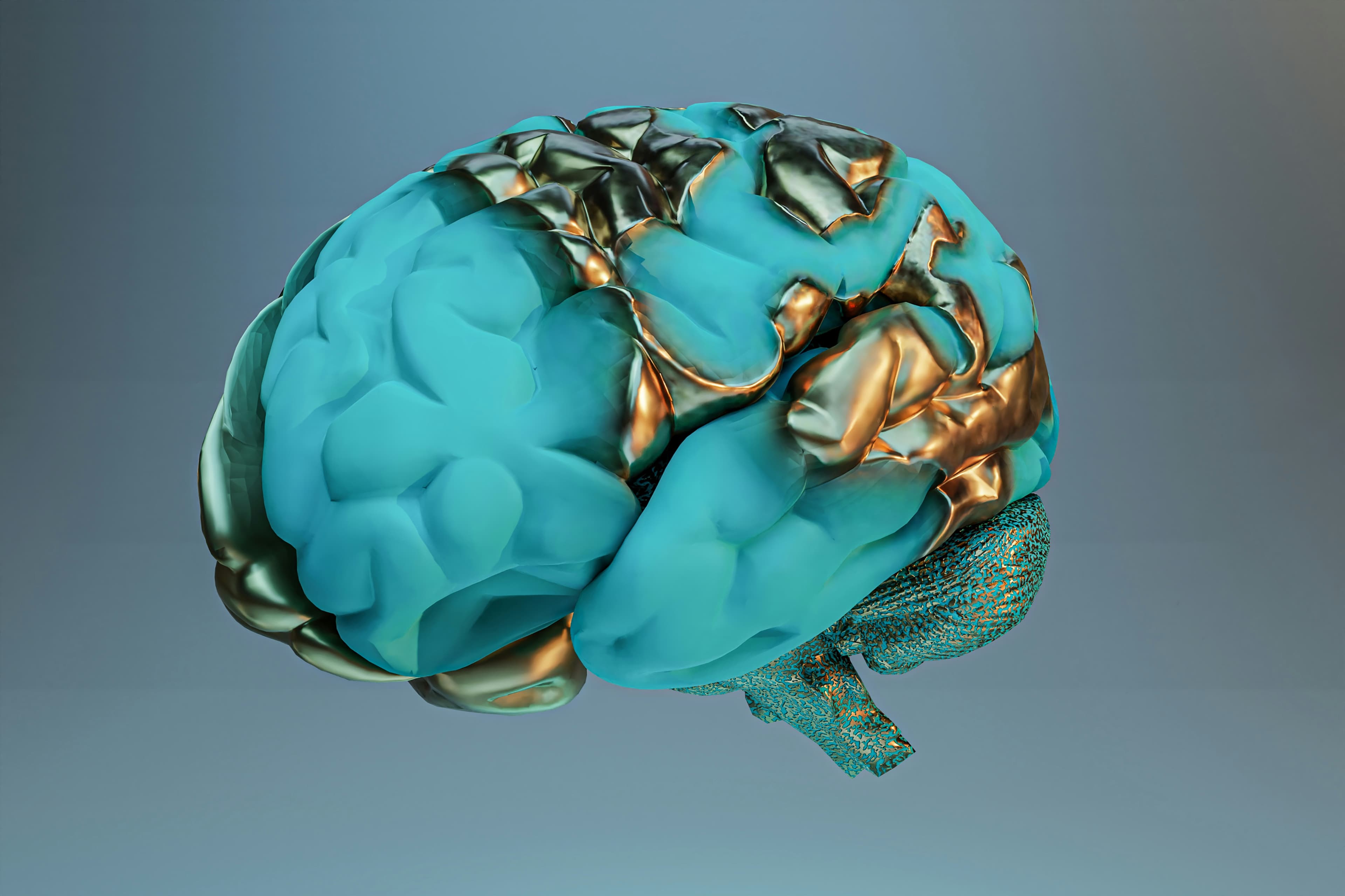
AI for All: How Cities Can Make Smart Tech Work for Everyone
To move from pilot programs to sustainable impact, municipal leaders must integrate AI into existing workflows rather than treat it as a separate innovation track. For instance, predictive analytics can be embedded into housing inspection schedules to prioritize units most likely to have safety violations. This not only reduces manual workload but also improves service delivery by focusing resources where they are needed most. Chicago’s Department of Public Health, for example, used a machine learning model to predict which restaurants were most likely to have food safety violations, enabling inspectors to catch critical issues faster and more efficiently1.
Integrating AI effectively requires collaboration across departments. IT teams, analysts, frontline staff, and department heads all need to co-design how AI tools support their daily work. This includes defining what data is used, how predictions are delivered, and what decisions should remain entirely human-led. Without this kind of cross-functional alignment, AI risks becoming a siloed tool that provides limited value. Cities like San Diego have found success by embedding data scientists within departments to build trust and ensure solutions align with operational needs2.
Data Governance and Ethical Guardrails
Strong data governance is foundational to any responsible AI initiative. Local governments must establish clear policies for data collection, access, and use, especially when dealing with personal or sensitive community information. These policies should be transparent and publicly available. New York City’s Automated Decision Systems Task Force recommends that agencies establish ongoing review processes for algorithms that affect the public, including documentation of how decisions are made and the ability for individuals to challenge outcomes3.
Ethical guardrails should also be embedded into procurement and implementation processes. This includes requiring vendors to explain how their models were trained, what data was used, and how potential biases were addressed. It’s not enough to accept a black-box model simply because it performs well. Procurement templates and RFPs should include language that mandates explainability, fairness assessments, and community input. The City of Amsterdam, for example, maintains a public registry that explains each algorithm used by the government, including its purpose and oversight mechanisms4.
Building Community Trust Through Transparency
Transparency is not just a compliance issue; it is a strategic tool for building trust with residents. When communities understand how AI tools are used and have avenues to provide feedback, they are more likely to see these tools as enhancing rather than replacing human judgment. This is particularly important in neighborhoods that have historically experienced over-surveillance or underinvestment. Municipal governments should hold community briefings, publish plain-language guides, and invite public comment when launching AI-driven programs.
One practical approach is to create public-facing dashboards that show how AI is being used to improve services. For example, if a city uses predictive modeling to prioritize pothole repairs, it can publish maps showing completed repairs and explain how decisions were made. This type of openness helps residents see tangible benefits and reduces skepticism. The City of Boston’s Analyze Boston platform provides a model by making datasets and project descriptions available in accessible formats5.
Developing Internal Capacity and Talent
Many local governments struggle with limited in-house AI expertise, which can lead to overreliance on external consultants. To address this, municipalities should invest in developing internal capacity through training, cross-functional teams, and strategic hiring. Offering data literacy workshops to non-technical staff and creating opportunities for shadowing or rotation with analytics teams can help build a shared understanding of what AI can and cannot do.
Hiring technical talent requires more than just offering competitive salaries. Cities that successfully attract and retain data scientists and AI practitioners often provide opportunities to work on meaningful, high-impact projects. Establishing fellowship programs or partnerships with local universities can also bring in fresh talent. For example, the City of Los Angeles has built a dedicated Data Science Federation in collaboration with regional universities, allowing students and faculty to work directly on civic challenges6.
Measuring Impact and Adjusting Course
AI projects should not be measured solely by technical performance metrics like accuracy. Municipal leaders need to assess how these tools affect equity, efficiency, and public satisfaction. This means collecting feedback from both staff and residents, analyzing unintended consequences, and regularly revisiting the original goals of the program. For example, if a model is used to prioritize code enforcement, leaders should monitor whether certain neighborhoods are disproportionately flagged and whether the outcomes lead to improved safety or just increased fines.
Establishing key performance indicators (KPIs) specific to AI initiatives helps ensure ongoing alignment with organizational values. These KPIs might include response time improvements, reductions in manual workload, or increases in service accessibility for residents with limited digital access. The City of San Francisco, through its Office of Emerging Technology, provides a helpful model by requiring pilot evaluations that include both quantitative and qualitative metrics before scaling any new AI solution7.
Conclusion: AI as a Tool for Inclusive Governance
Artificial intelligence, when implemented with care, can be a powerful tool for increasing the responsiveness and fairness of local government. But its power lies not in automation alone, but in how it’s integrated into the values and workflows of public service. The most successful municipalities treat AI as part of a broader strategy for equity, transparency, and continuous improvement. They ask hard questions early, involve diverse voices in design, and stay accountable to the communities they serve.
As practitioners, we must ensure that AI doesn’t widen gaps but helps close them. That means staying grounded in the lived experiences of our residents and applying technology in ways that reflect their priorities. By keeping people at the center, AI can strengthen the social contract between local governments and the communities they serve.
Bibliography
O'Neil, Cathy. "How a Computer Program Helped Chicago Find Dangerous Restaurants." Bloomberg, August 10, 2016. https://www.bloomberg.com/opinion/articles/2016-08-10/how-a-computer-program-helped-chicago-find-dangerous-restaurants.
Goldsmith, Stephen, and Neil Kleiman. A New City O/S: The Power of Open, Collaborative, and Distributed Governance. Washington, DC: Brookings Institution Press, 2017.
New York City Automated Decision Systems Task Force. "Automated Decision Systems Task Force Report." November 2019. https://www1.nyc.gov/assets/adstaskforce/downloads/pdf/ADS-Report-11192019.pdf.
City of Amsterdam. “Algorithm Register.” Accessed April 5, 2024. https://algoritmeregister.amsterdam.nl/en/algorithms.
City of Boston. “Analyze Boston: Open Data Hub.” Accessed April 5, 2024. https://data.boston.gov/.
City of Los Angeles. “Data Science Federation.” Accessed April 5, 2024. https://innovation.lacity.org/dsf.
City and County of San Francisco. “Emerging Technology Open Call.” Accessed April 5, 2024. https://sf.gov/information/emerging-technology-open-call.
More from Artificial Intelligence
Explore related articles on similar topics





